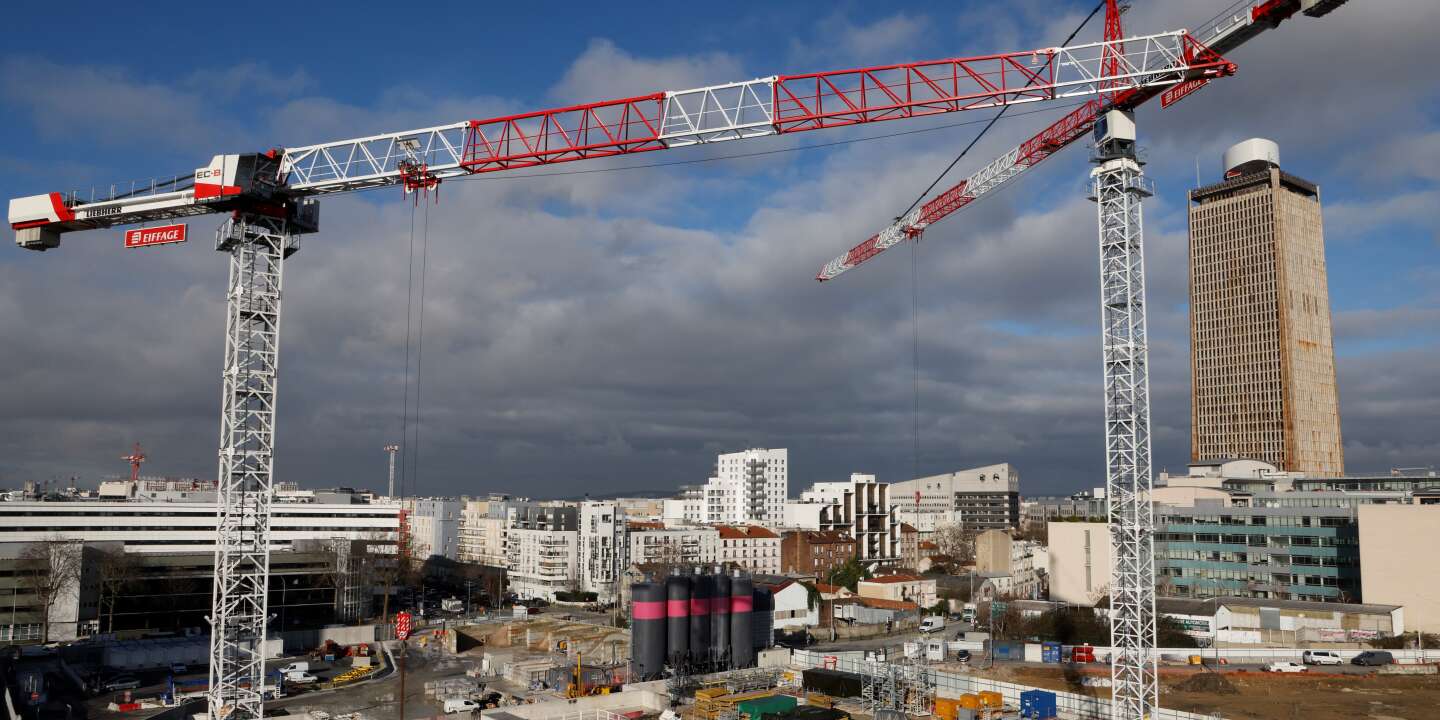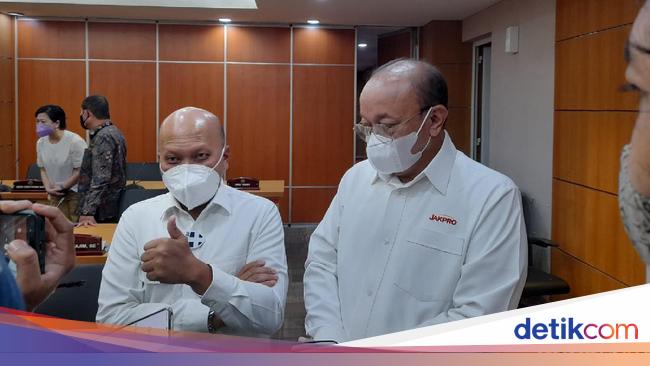Just drive on the A86, to the north of the capital, take a look behind the towers of La Défense, or even look out the window while crossing Ivry-sur-Seine and Vitry-sur-Seine ( Val-de-Marne), south-east of Paris, by RER, to recognize it: Greater Paris is a vast project. In fact, nearly 1,000 large-scale operations have been launched on the territory of the metropolis. All must be delivered by 2030. Half of it is housing, a quarter of offices. But within the walls, as many offices are being built as housing.
These first figures are presented in a study by APUR, the Parisian Urban Planning Workshop, devoted to major development projects in the metropolis, published in December 2021. The analysis does not cover all construction sites, warns the agency. Only major public operations, Société du Grand Paris projects (around the 68 station districts of the future metro) and certain public-private programs are studied. However, a large part of the square meters is built in the diffuse. Nevertheless: the some 1,000 projects listed and, among them, the 426 operations analyzed in depth, will permanently transform the face of the metropolis.
This building frenzy reinforces the density of cities. If we convert the area planned for housing into the number of apartments, the number of new housing units planned by 2030 is estimated at 160,000. This may seem considerable, but in this respect, Ile-de-France does not is not overheating, notes Dominique Alba, the director general of APUR. The question arises more about the validity of the 14 million square meters of offices (by adding the development operations to the others) when the current stock already has 40 million.
The municipalities of Grand-Orly Seine Bièvre, to the south of Paris, alone will welcome almost a quarter of the future inhabitants of the metropolis. In Ivry and Vitry, elected officials are taking advantage of land that is still accessible to transform former industrial sites on the banks of the Seine into residential districts. To the north, Plaine Commune comes just behind. The accommodations of the athletes’ village of the Paris 2024 Olympic Games will be transformed into apartments, as soon as the competition is over. It is also in these two territories that nearly half of the new offices are expected.
“Influencing the construction”
It is illusory to think that all this will rebalance the share of housing and offices between the east and west of the metropolis. First of all, the new metro lines will reduce home-work journeys. On the other hand, these programs could bring residents closer to essential businesses, green spaces and places of health. It is for this purpose that APUR, once this inventory has been drawn up, has highlighted, by superimposing maps, the unequal access of “Grands Parisiens” to shops (taking the pharmacy, bakery and the tobacconist-press as examples), green spaces and health centres.
You have 37.52% of this article left to read. The following is for subscribers only.
–


